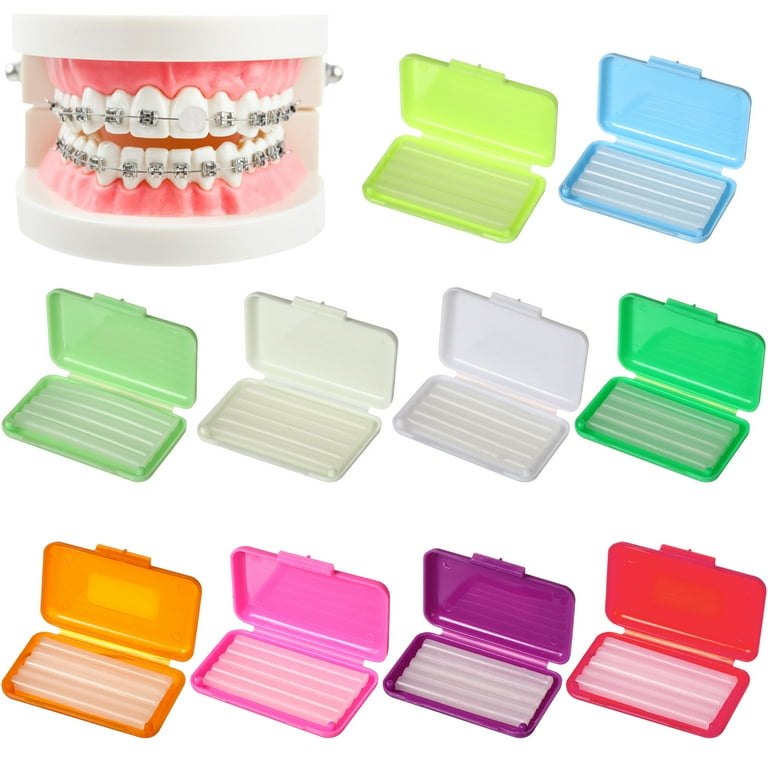Comprehensive Overview to Orthodontics Treatments for Fixing Dental Misalignments
Understanding the complexities of each procedure, including their mechanisms, benefits, and prospective disadvantages, is important in making notified decisions about one's orthodontic treatment. As we navigate through the comprehensive guide to orthodontic treatments for remedying dental misalignments, the elaborate details of each technique will unravel, losing light on the path toward a practical and harmonious oral placement.
Orthodontic Procedures Review

Along with clear aligners and standard braces, orthodontists might also suggest various other interventions like headwear, palatal expanders, or retainers to address certain positioning concerns (cumming aligners). These procedures are customized to each individual's one-of-a-kind needs and might entail a combination of treatments to accomplish the wanted results. Regular modifications and surveillance are essential components of orthodontic therapy to ensure development gets on track and to make any needed alterations in the process. By going through orthodontic treatments, people can not only accomplish a straighter grin yet also improve their general dental wellness and function.
Standard Braces: How They Work
When thinking about orthodontic therapies for dental imbalances, traditional braces stand out as a reliable technique for remedying teeth placing. Standard braces consist of braces, cords, and bands that work together to use constant stress on the teeth, gradually moving them right into the wanted alignment.
One secret facet of just how standard dental braces job is the process of bone improvement. As stress is put on the teeth with the dental braces, the bone surrounding the teeth is reshaped to support the new tooth placements. This makeover is vital for the long-lasting security of the dealt with alignment. Clients will require routine changes at the orthodontist's workplace to ensure the braces remain to apply the appropriate pressure for efficient teeth motion.
Unseen Aligners: Benefits And Drawbacks
These clear, customized trays are virtually unseen when put on, making them an attractive option for people seeking an extra aesthetically pleasing orthodontic therapy. Patients can remove the aligners prior to eating or cleaning their teeth, reducing the danger of food getting stuck in the device and simplifying the cleaning procedure.

Surgical Orthodontic Options
Surgical treatments in orthodontics present sensible options for dealing with complex dental misalignments that might not be properly resolved with standard orthodontic therapies. While standard dental braces and undetectable aligners can correct lots of orthodontic problems, certain cases need medical intervention to achieve optimal results. Surgical orthodontic alternatives are normally recommended for extreme malocclusions, substantial jaw disparities, and situations where the underlying bone framework requires adjustment to accomplish proper placement.
One typical surgical orthodontic treatment is orthognathic surgical procedure, which entails rearranging the jaws to fix functional concerns such as problem speaking or eating. This surgical treatment is typically carried out in cooperation with an orthodontist who helps line up the teeth before and after the treatment. Surgical orthodontics may additionally include procedures to subject impacted teeth, get rid of excess gum cells, or reshape the jawbone to produce a more unified facial account.
Before considering medical orthodontic alternatives, individuals undergo a thorough examination to determine the requirement and possible Visit Your URL benefits of such treatments. aligners. While surgical procedure may appear difficult, it can significantly enhance both the feature and visual appeals of the smile in instances where conventional orthodontic treatments fail
Retainers and Post-Treatment Treatment

Post-treatment care involves complying with the orthodontist's instructions faithfully. This may include appropriate oral health techniques, participating in follow-up appointments, and putting on the retainers as prescribed. Failure to abide by post-treatment treatment guidelines can cause regression, where the teeth gradually move back towards their original positions. Constant retainer wear, great oral hygiene, and routine oral exams are important for maintaining the results accomplished with orthodontic surgical procedure and ensuring the long-term security of the corrected oral placement.
Conclusion
To conclude, orthodontic treatments use different choices for fixing dental imbalances. Standard braces utilize metal braces and cords to move teeth into correct positioning. Unnoticeable aligners provide an even more discreet alternative yet may not be suitable for all instances. Surgical orthodontic choices are available for extra serious misalignments. Retainers are frequently used post-treatment to keep the new endodontic retreatment alignment. Generally, orthodontic procedures can properly enhance oral health and wellness and visual appearance.
As we browse with the extensive overview to orthodontic treatments for remedying dental misalignments, the intricate information of each approach will unravel, losing light on the path toward a harmonious and practical dental placement. - cumming braces
One of the most common orthodontic treatments is the usage of dental braces, which consist of steel brackets and cords that use gentle pressure to progressively change teeth right into the wanted position.When thinking about orthodontic therapies for oral imbalances, traditional dental braces stand out as a tried and true technique for remedying teeth placing. In addition, unnoticeable aligners may not be appropriate for complicated orthodontic problems that require even more considerable teeth activity, as they are commonly recommended for mild to moderate cases. Retainers are customized orthodontic devices developed to hold teeth in their corrected positions after the completion of orthodontic treatment.
Comments on “Why Cumming Invisalign is the Perfect Selection for a Discreet Orthodontic Solution”